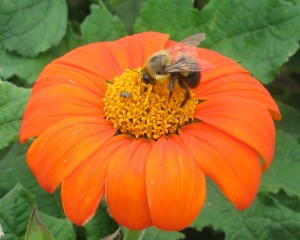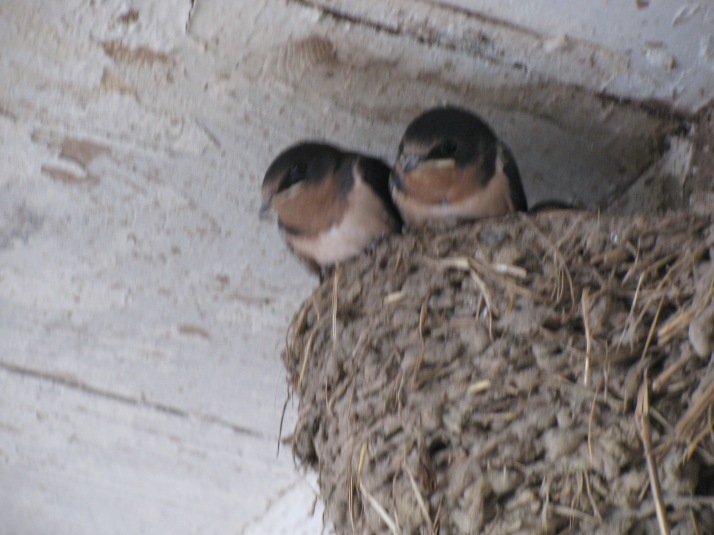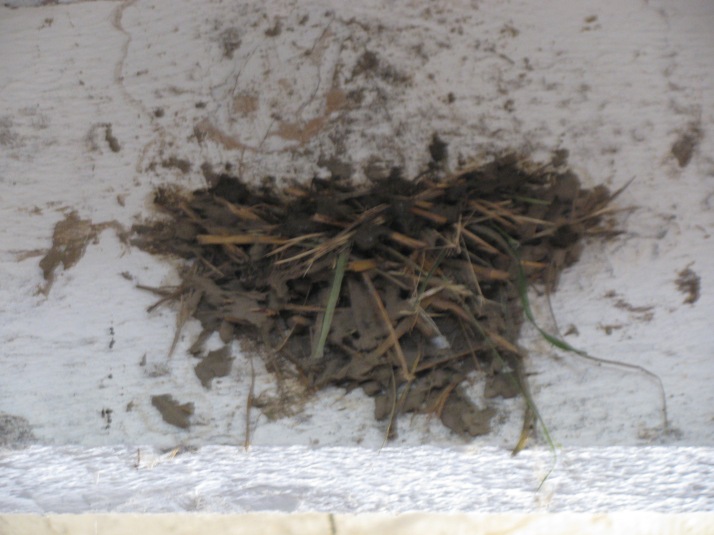Last year I did a garden update every month. The weather was uncooperative this year and the garden wasn’t the bright spot it normally is.
 Except for the pole beans, the garden has finished production for the year. I plant fall radishes after each section has finished growing it’s vegetable. The radishes suppress weeds and their deep roots loosen the soil for spring tillage.
Except for the pole beans, the garden has finished production for the year. I plant fall radishes after each section has finished growing it’s vegetable. The radishes suppress weeds and their deep roots loosen the soil for spring tillage.
 The Amaryllis bulbs are still growing and one of them is actually blooming, a second plant has a flower stalk too. I’ll let these bulbs grow until the end of September unless frost threatens earlier. They’ll be pulled and allowed to start their ‘rest’ until they are repotted again in November.
The Amaryllis bulbs are still growing and one of them is actually blooming, a second plant has a flower stalk too. I’ll let these bulbs grow until the end of September unless frost threatens earlier. They’ll be pulled and allowed to start their ‘rest’ until they are repotted again in November.
The leaves do get beat up some from growing in the garden. I think it helps develop stronger bulbs by growing in the real world for a while.
 On the east end of the garden are these beautiful hybrid sunflowers. They have been transformed into flowering bushes instead of having just 1 seed head like they used to. I had originally planted a whole row of the sunflowers on the left side but whatever ate my tomato plants also ate most of those seedlings. I had used all my seed so I went back to the seed store. They were out of the original variety
On the east end of the garden are these beautiful hybrid sunflowers. They have been transformed into flowering bushes instead of having just 1 seed head like they used to. I had originally planted a whole row of the sunflowers on the left side but whatever ate my tomato plants also ate most of those seedlings. I had used all my seed so I went back to the seed store. They were out of the original variety  so I got another type. I think they’re even prettier.
so I got another type. I think they’re even prettier.
 The bees enjoy them too. There have been bumble bees, honey bees and some wild type of bee that looks like honey bees but are half the size.
The bees enjoy them too. There have been bumble bees, honey bees and some wild type of bee that looks like honey bees but are half the size.
I enjoy looking out the west windows of the house and seeing them so bright, colorful and cheery.
 The soybeans are nearing the end of their growth. It is hard to imagine, but a month from now, this field will have yellow leaves with some of them turning brown and starting to drop off the stalk. If we have a normal (what’s normal anymore?) fall, they should be harvested in October.
The soybeans are nearing the end of their growth. It is hard to imagine, but a month from now, this field will have yellow leaves with some of them turning brown and starting to drop off the stalk. If we have a normal (what’s normal anymore?) fall, they should be harvested in October.
After they are harvested, we’ll no-til winter wheat into the soil.
 My flower beds aren’t very colorful anymore. The black-eyes Susans are still smiling but the most brilliant flower this late summer time has been the lily hostas. The early summer rains really made them grow, their flowers are beautiful. When I head out to the barn in the early morning, the scent of their sweet perfume is hanging in the air. It is too dark to see them, but they definitely let you know they are there.
My flower beds aren’t very colorful anymore. The black-eyes Susans are still smiling but the most brilliant flower this late summer time has been the lily hostas. The early summer rains really made them grow, their flowers are beautiful. When I head out to the barn in the early morning, the scent of their sweet perfume is hanging in the air. It is too dark to see them, but they definitely let you know they are there.
In July we combined the wheat in our bottom field and baled the straw the following week. A combine can’t harvest every single seed grain so there are wheat kernels dropped to the ground. There are 3 wild turkeys who have been grazing the field ever since the combine did it’s job. They were there when we started baling, waddling ahead of the tractor eating the seeds. I would love to get a picture of them for you but I don’t have a telephoto lens on my camera. As I am typing, I am looking out the east window at them. They are determined to glean every loose seed in that field.
As we baled hay this week, the barn swallows gracefully flew and swooped around us; devouring the insects we disturbed. I’d take pictures to show you, but I’m not fast enough to snap one. I don’t know how much longer they will stay in northern Indiana before heading south. My bird book says they winter from Costa Rica to Argentina.
I did manage some sewing time this week, but I’ll share that with you in my next post.






